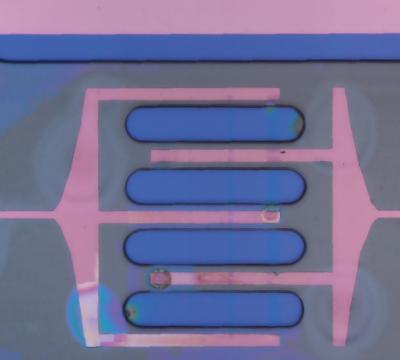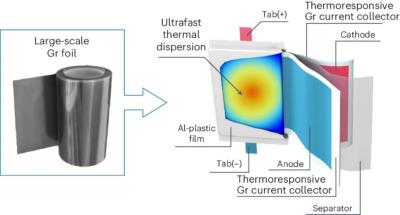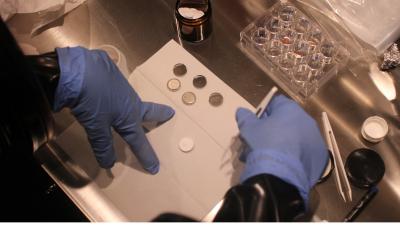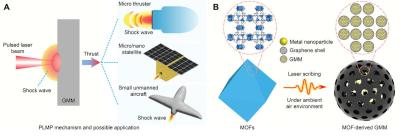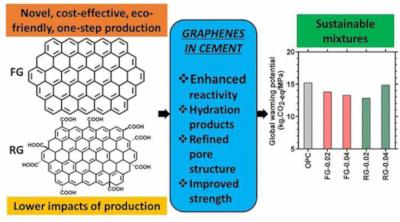Archer to test for chronic kidney disease on its Biochip gFET sensors
Archer Materials has started experiments to detect and monitor chronic kidney disease on its Biochip graphene field effect transistor (“gFET”) sensors.
Archer, through one of its foundry partners, has reportedly verified a process that directly grows graphene surfaces to produce enhanced devices, rather than transferring the graphene to a device from a wafer, as previously done. The team has tested the devices by storing them in normal air conditions over a two-month period, finding no significant degradation in performance.
